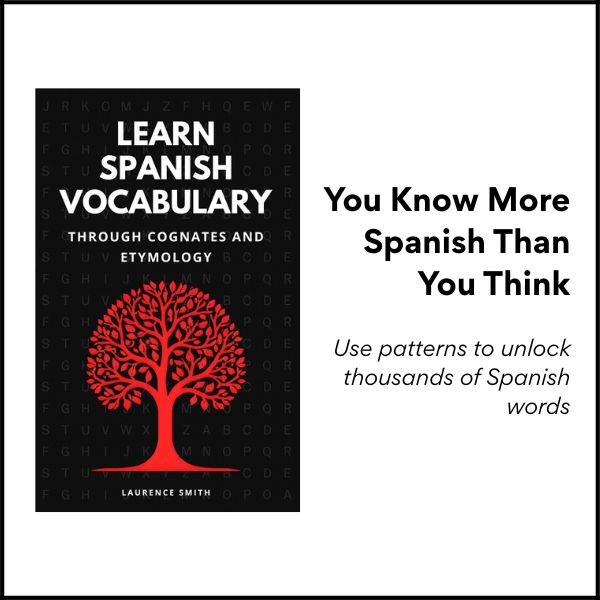Today’s Spanish word of the day is “ahí”.
It’s an adverb meaning “there”.
Confusingly, Spanish has several other, very similar, words that also translate as “there”. However, they have slightly different uses. Here’s a quick summary:
- Ahí – Used to refer to something close to the listener but not right next to the speaker.
- Allí – Used to refer to something that is (usually) within eyesight of both the speaker and listener, but not very close to them.
- Allá – Used for less precise and more distant locations.
“Ahí” can also be used to refer to relatively recent moments in the past, similar to how the word “that” might be used in English. For example:
- Ahí fue cuando decidí mudarme. – That was when I decided to move.
When referring to more distant moments in the past, you’d be more likely to use “allí”. For example:
Allí en la infancia, solíamos jugar en el parque. – Back in childhood, we used to play in the park.
Example sentences
El libro está ahí en la mesa.
The book is there on the table.
Ahí vive mi amigo.
My friend lives there.
Deja la mochila ahí.
Leave the backpack there.
El coche está ahí, frente a la casa.
The car is there, in front of the house.
No pongas los zapatos ahí.
Don’t put the shoes there.

